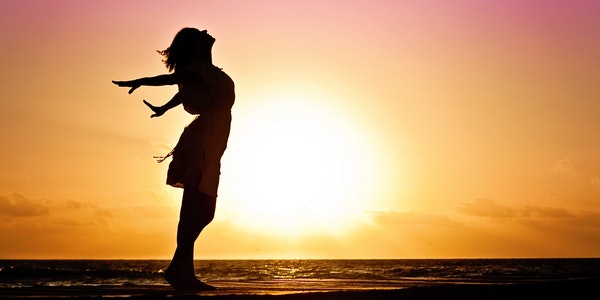Table of Contents
1. The Concept and Characteristics of Mixed Light
The changing use of light in portrait photography is very important. Among them, the use of mixed light is a more individual lighting method. The so-called mixed light is the mixed use of two or more different attributes and different properties of light. The mixed light in portrait photography has the characteristics of large changes, strong visual effects, and difficult to control. Here we will discuss how to use mixed light to shoot portraits.
2. Specific Lighting Method of Mixed Light
From different perspectives, we can basically generalize mixed light into three forms, etc.: One is mixed light with different light qualities. The second is mixed light with different color temperatures. The third is mixed light without a light source.
(1) The use of mixed light of different light quality
Light quality includes hard light, concentrated light, soft light, scattered light, etc. The mixed use of light of different light qualities will produce different textures and levels of the main character in the picture, which has a visual impact.
i. Hard light (main light) + soft light
It uses hard light as the main light to illuminate the subject, while using soft light to increase the level and detail of the picture as the auxiliary light. Hard light is used as the main light, so that the character’s three-dimensional sense and texture will be prominently displayed. Soft light is the auxiliary light, which will make the dark parts of the characters distinct and moderately contrasted.
Both soft and hard, the effect of the picture is obvious, and the primary and secondary are distinct. The lighting method that combines hard light and soft light is widely used in portrait photography. Since hard light is used as the main light source, the overall feeling of light will be more three-dimensional, which is suitable for shooting some more fashionable, dynamic, beautiful and European-style shooting styles.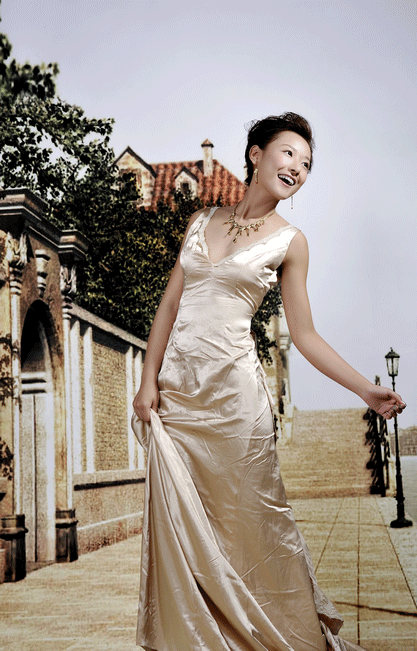
Precautions:
First, pay attention to the contrast between the two light sources when shooting. Make full use of the distance between the soft light and the characters to control the level, detail and contrast of the dark and bright parts of the picture.
Second, pay attention to the angle and projection direction and shape of the hard light on the face of the character, so as not to damage the structure of the character.
Third, pay attention to the direction of the hard light to avoid large-area projections on the background and destroy the pattern and effect of the background. You can use multiple soft lights for enveloping fill light.
ii. Soft light (main light) + hard light
Using soft light as the main light to illuminate the subject, the character’s face is soft, the level is delicate, and the contrast is soft, which is conducive to the aesthetic expression of the skin. At the same time, hard light is used as the contour light to outline the body lines of the characters, both soft and hard, and the picture effect is three-dimensional and beautiful. The lighting method with soft light as the main light and hard light as the auxiliary light is more suitable for beautiful, three-dimensional, and women who want to highlight the curves of the figure.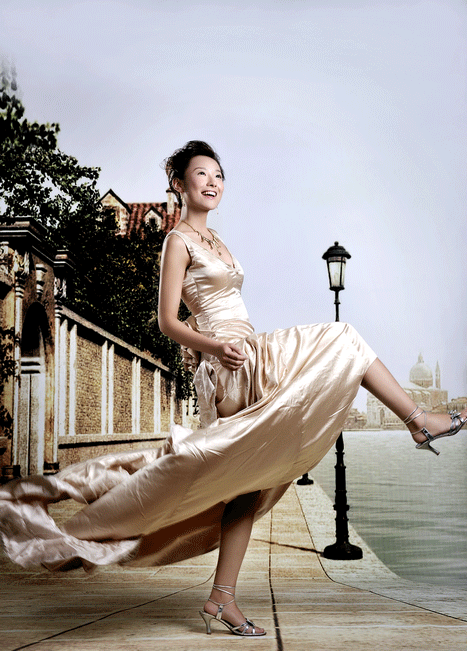
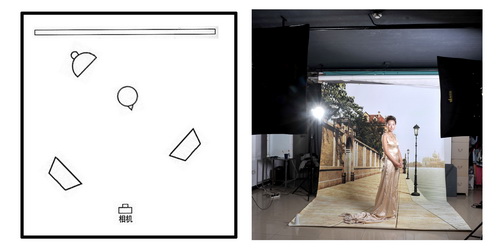
When shooting, soft light is the main method, and hard light can be adjusted according to the actual situation. If hard light hits the model’s head, it can be used as a headlight. The hard light hitting the edge of the character’s back can be used as a contour light to reflect the beauty of the character’s lines. It can be used as ambient light to render and set off the main character on the background.
Precautions:
First, pay attention to the light ratio of soft light and hard light in the picture. If the area of hard light is too large or too strong, it will snatch the main body and destroy the body.
Second, too much soft light will reduce the sharpness and texture of the picture. The proportion between the two should be used appropriately to make the overall effect of the picture more harmonious and natural.
Third, we can use multiple hard lights and soft lights together. For example, use two hard lights to play double contour light, or one as a contour light, one as a head light, and so on. But to distinguish between primary and secondary, it can’t be too messy.
iii. Hard light (main light) + reflected light
A mixed light distribution method with hard light as the main light and reflected light as the auxiliary light. Hard light plays the role of overall plasticity, and reflected light plays the role of adding layers of rich details. The overall effect is more three-dimensional, with a strong sense of shaping. It is more suitable for European style, classical painting style, or when you want to highlight a special artistic conception of the picture. The three-dimensional effect of the picture is slightly stronger than the three-dimensional effect of hard light and soft light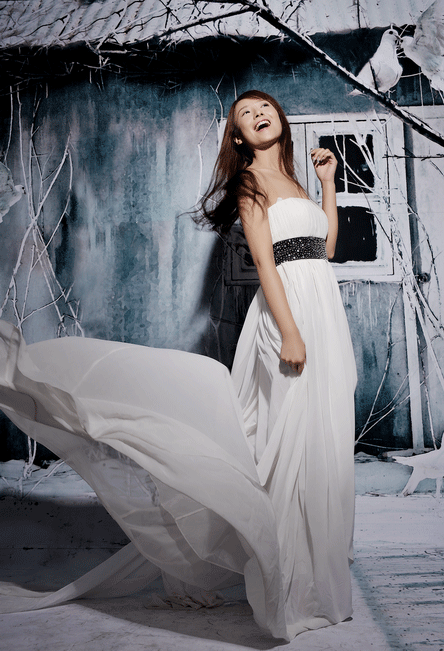
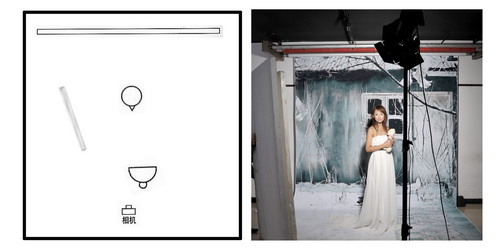
Precautions:
First, the reflected light as auxiliary light belongs to scattered light. When shooting, the distance and angle of the reflection should be adjusted repeatedly according to the needs of the picture. When the reflected light is strong, it can be closer to the dark part of the subject, and when the reflected light is weak, it can be farther away from the dark part of the subject, so as to master the contrast of the picture.
Second, adjust the angle of the reflected light according to the location of the subject and the shooting light. Because the reflected light is weak and the sense of direction is not strong, it is not easy to observe directly. Some photographers ignore this problem, causing the reflected light to be inaccurate and not reflecting to the dark part of the character, only the form does not play a practical role.
Third, the choice of reflection tools of different materials can adjust and control the amount of reflected light. For example, foam reflectors, silver reflectors, golden reflectors and even white walls can all be used as light-reflecting materials. However, the reflection intensity of each material is different.
iv. Condensing light (main light) + soft light
Condensed light is a set of mixed light that matches the main light and soft light. The lighting effect of the spotlight is that the focus is prominent and the light is relatively large. The light ratio and contrast between the two can be adjusted appropriately by using soft light. It has the function of emphasizing key points, distinguishing primary and secondary, and outstanding performance.
Spotlight
Spotlight also belongs to hard lighting. The main difference between it and hard light is that the spotlight has strong directivity, small illuminated area and large contrast. It can emphasize the part of the main character. And the soft box with auxiliary light can increase the shooting details of the dark part, making the picture richer. The light of the picture is simple and not messy. You can use this mixed light lighting method to emphasize the subject you want to express in the picture.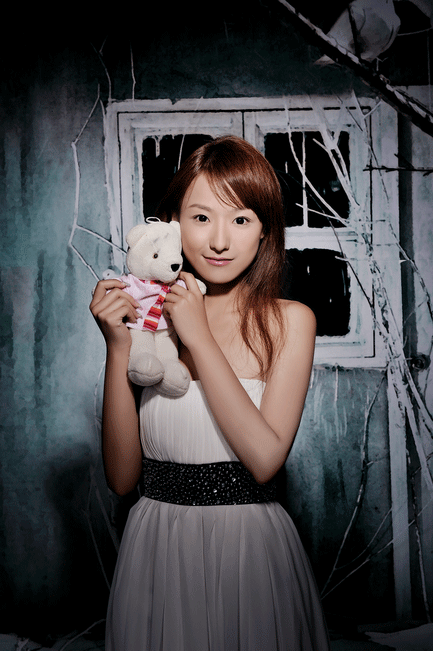
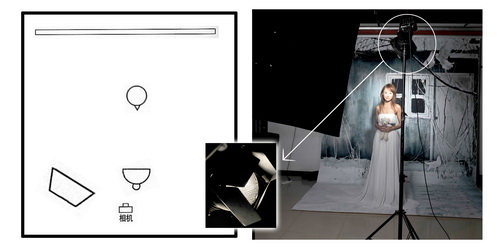
Precautions:
First, the brightness of the spotlight is relatively strong. It is necessary to avoid overexposure of local highlights or underexposure of dark parts. That will result in lack of gradation and detail in the picture. Therefore, it is important to control the intensity of soft light. If the soft light is too strong, there will be no condensing effect. The soft light is too weak and the contrast is too large, and there is no level, and the aesthetic effect of the picture is lost. And it is difficult for the model to accept it.
Second, the combination of spotlight and soft light will highlight the local texture of the picture and enhance the sharpness of the picture. Therefore, those with too rough skin are not suitable for use.
Third, the spotlight has a small irradiation area, so the distance between the light and the person should be controlled reasonably to get a suitable irradiation range.
(2) Application of Mixed Light with Different Color Temperature
In portrait photography, the color temperature change of the light can be basically divided into two kinds. One is the artificial use of color plates to change the color temperature of the light. One is the color temperature of the luminous body itself. Therefore, the picture effect achieved in the use of mixed light is also different. The characteristic of the mixed light combination of different color temperature is that the effect of different color changes will appear in the picture. Key points such as cold and warm color changes, complementary color changes, etc., are used to render the atmosphere of the picture.
i. Mixed light using different color films
The mixed light of different color chips is to use color filters of different colors in front of the light to artificially change the color temperature of the light source and then cross-mix.
Normal CCT main light + Low CCT background light
The main light is normal color temperature (flash) + background low color temperature (red light)
The flash is used as the main light (color temperature is about 5400K). And the background uses red light (color temperature is about 3200W) as the background ambient light. The rendering atmosphere highlights the color changes of the picture, which is dramatic.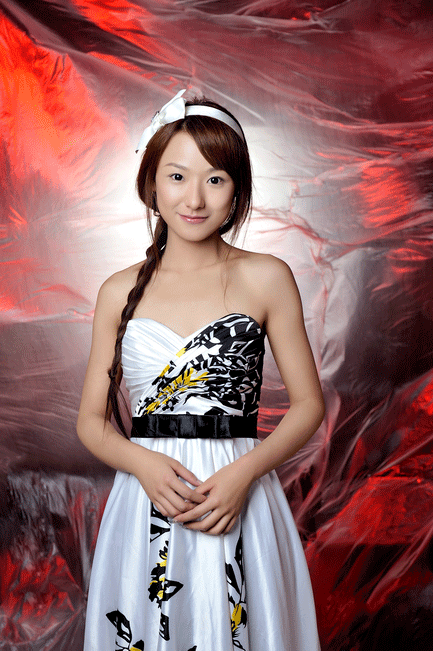
This mixed lighting method with different color temperatures is suitable for taking pictures of different tones, such as warm and cold tones. Because the main light of illuminating characters is normal color temperature, the color reproduction of characters is normal. In this way, weird colors due to different color temperatures are avoided, which meets the aesthetic requirements of ordinary people.
Precautions:
First, when arranging the light position, pay attention to that the red light in the background should directly hit the background cloth, not on the person’s body. The main body of the picture is separated from the background, making the whole picture more three-dimensional and spatial.
Second, reasonably control the light ratio between the main light and the background red light. If the main light is too strong, the red light will fade or even disappear. And the effect of the mixed light will lose consequently.
Normal CCT main light + Double background light
The main light is normal color temperature (flash) + background low color temperature (red light) + background high color temperature (blue light)
The main light is the flash, and the background light has a contrasting change of cold and warm colors, highlighting the personality and fashion. And the decoration is strong.
As shown in the figure below, use a soft light flash with a normal color temperature to illuminate the character to ensure the normal restoration of the character’s skin tone. Photographers often use lights with red (low color temperature) and blue (high color temperature) on the left and right of the background. The contrast effect of cold and warm appeared in the whole picture. The fluttering plastic interlining makes the picture not only fashionable, but also three-dimensional and dynamic. The overall feeling of the picture is not rigid and rhythmic.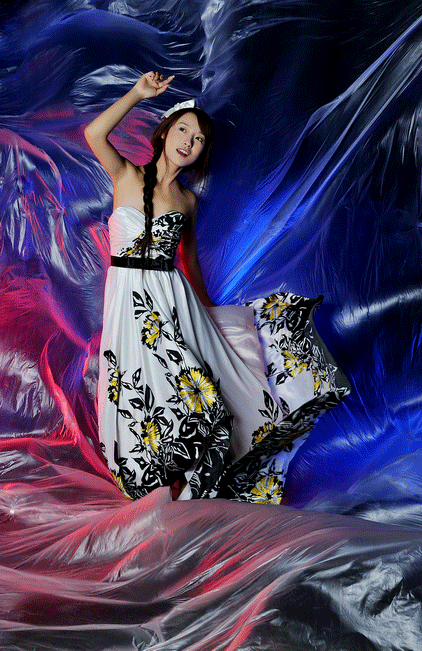
(To Be Continued)
